Director of the Department of Population, Ministry of Health Le Thanh Dung - Member of the National Steering Committee for Population and Development said that Vietnam's population is currently 100.3 million people, of which the urban population accounts for 38.13%. Vietnam is in the golden population structure period with 67.7 million people of working age, accounting for 67.4% of the total population.
The results of the Population Change and Family Planning Survey on April 1, 2022 by the General Statistics Office show that the largest migration flow in our country is from urban to urban areas, accounting for 44.6% of the total migration flows in the country. The regions with the highest out-migration rates are the Mekong Delta and the Northern Midlands and Mountains.
The regions that attract the most migrants are the Southeast and the Red River Delta. Provinces with high emigration rates include: Lang Son, Soc Trang, Tra Vinh, Ca Mau, Bac Lieu. Provinces and cities with high immigration rates include: Bac Ninh, Binh Duong, Da Nang, Ho Chi Minh City, Thua Thien Hue, Long An.
The proportion of migrants in the 20-24 age group is highest for both men and women. This is followed by those in the 25-29 and 15-19 age groups. The main reasons for migration are employment (54.5%), family/household move (15.5%), and “studying” (16%).
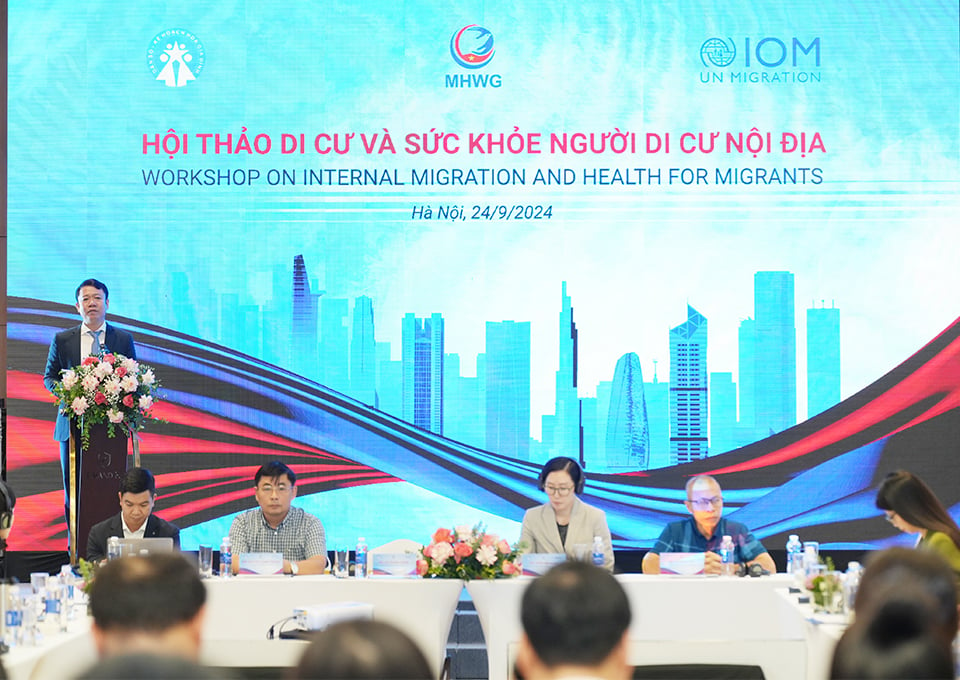
The feminization of migration has been observed over the years. In 2022, female migrants accounted for 53.2%. The proportion of female migrants was higher than that of male migrants in most migration streams, except for the rural and urban migration streams, where the proportion of male migrants was 3.4 percentage points higher than that of female migrants.
Migration brings opportunities for education, employment, income, technology transfer, cultural exchange, and promotes cooperation between the place of origin and destination. Migration is inevitable and a driving force of development.
However, migration also creates difficulties and challenges for both the place of origin and destination; migrants belong to vulnerable populations and face difficulties and challenges in accessing social services.
Regarding the health of migrants, the results of the 2015 National Internal Migration Survey showed that 60% of migrants surveyed said their current health was normal, two-thirds (70.2%) had health insurance. The majority of migrants (63%) paid for their most recent illness/disease themselves; over 70% of migrants used public health services.
The rate of contraceptive use among migrant women (37.7%) is lower than that of non-migrants (58.6%). The rate of alcohol use among migrants is higher than that among non-migrants. These habits are not only harmful to health but also unsuitable for the working environment.
The 2019 report on the health status of migrants in Vietnam by the International Organization for Migration, the World Health Organization (WHO) and the Ministry of Health also pointed out barriers and difficulties related to accessing health care services such as lack of knowledge about health insurance benefits, lack of communication programs on public health, and participation of parties...
In addition, domestic and international studies have shown that migrants are the most vulnerable population group, especially in public health emergencies (the recent Covid-19 pandemic is an example). Migrants face many problems such as restrictions on movement, reduced wages, job loss, risks, delays and disruptions in health care, etc.
“Migrant health is a cross-cutting issue involving many levels and sectors, requiring a comprehensive, interdisciplinary approach with consultation from relevant parties. Migrant health is also the health of businesses and the economy,” emphasized the Director of the Department of Population, Ministry of Health.
To support the health of internal migrants, it is necessary to have measures to provide health knowledge such as guidebooks, strengthen communication and education; strengthen the social care network such as creating conditions for housing, education, hygiene, health insurance, strengthening primary health care...; develop policies and regulations on labor safety, working conditions, primary care facilities at the company; monitor; conduct periodic health check-ups.
Dr. Vu Dinh Huy - Technical Officer, WHO in Vietnam
Source: https://kinhtedothi.vn/nguoi-di-cu-doi-mat-voi-nhieu-rao-can-cham-soc-suc-khoe.html


![[Photo] Speeding up construction of Ring Road 3 and Bien Hoa-Vung Tau Expressway](https://vstatic.vietnam.vn/vietnam/resource/IMAGE/2025/3/31/f1431fbe7d604caba041f84a718ccef7)

![[Photo] 2nd Conference of the Party Executive Committee of Central Party Agencies](https://vstatic.vietnam.vn/vietnam/resource/IMAGE/2025/3/31/8f85b88962b34701ac511682b09b1e0d)
![[Photo] Prime Minister Pham Minh Chinh receives delegation of leaders of US universities](https://vstatic.vietnam.vn/vietnam/resource/IMAGE/2025/3/31/8be7f6be90624512b385fd1690124eaa)

![[Photo] General Secretary To Lam receives US Ambassador to Vietnam Marc E. Knapper](https://vstatic.vietnam.vn/vietnam/resource/IMAGE/2025/3/31/5ee45ded5fd548a685618a0b67c42970)





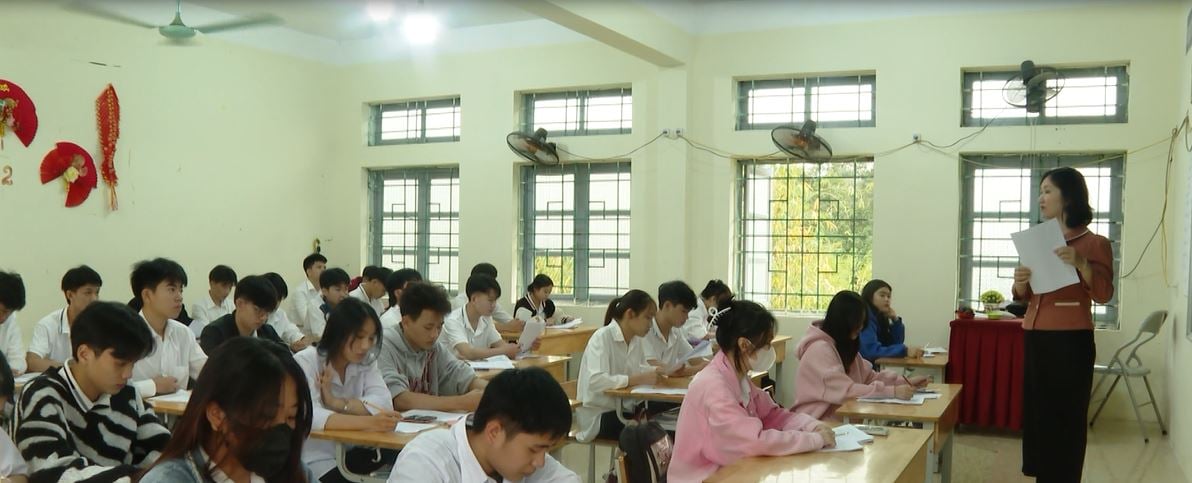
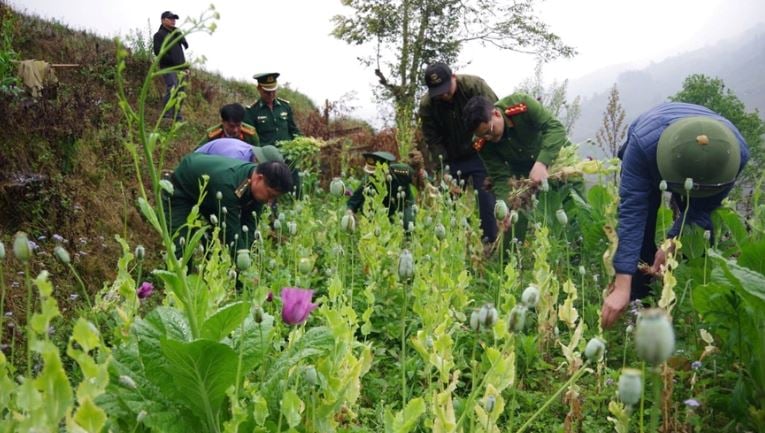

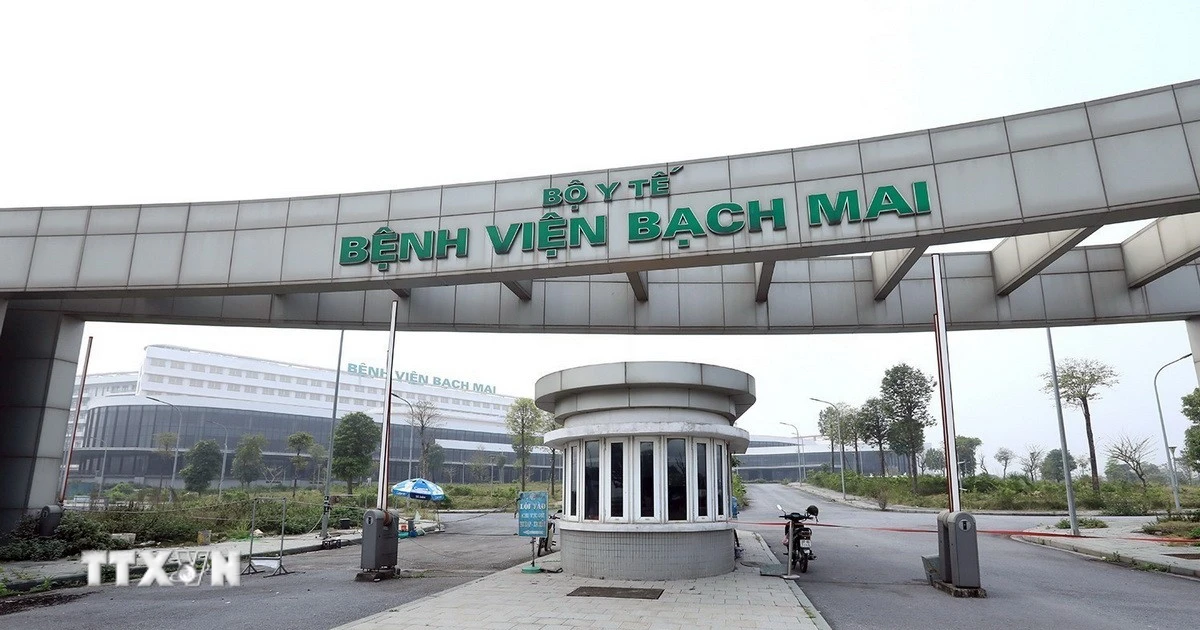
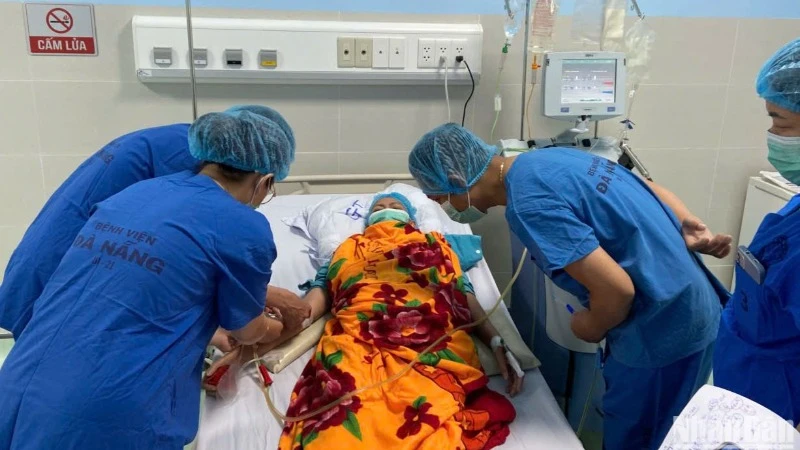
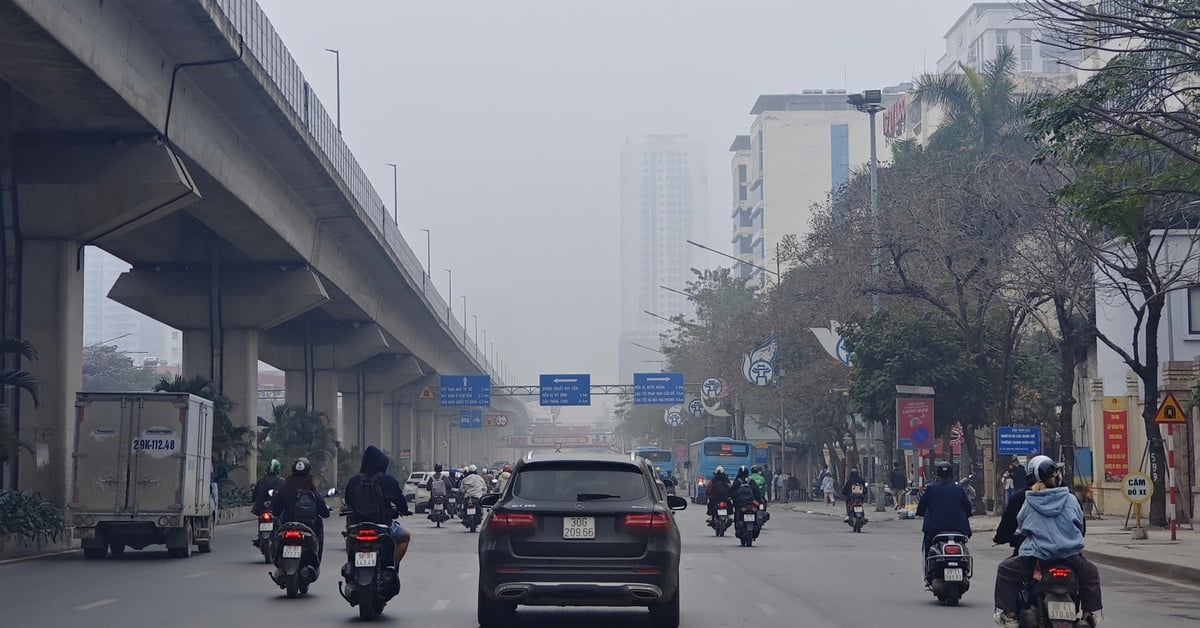
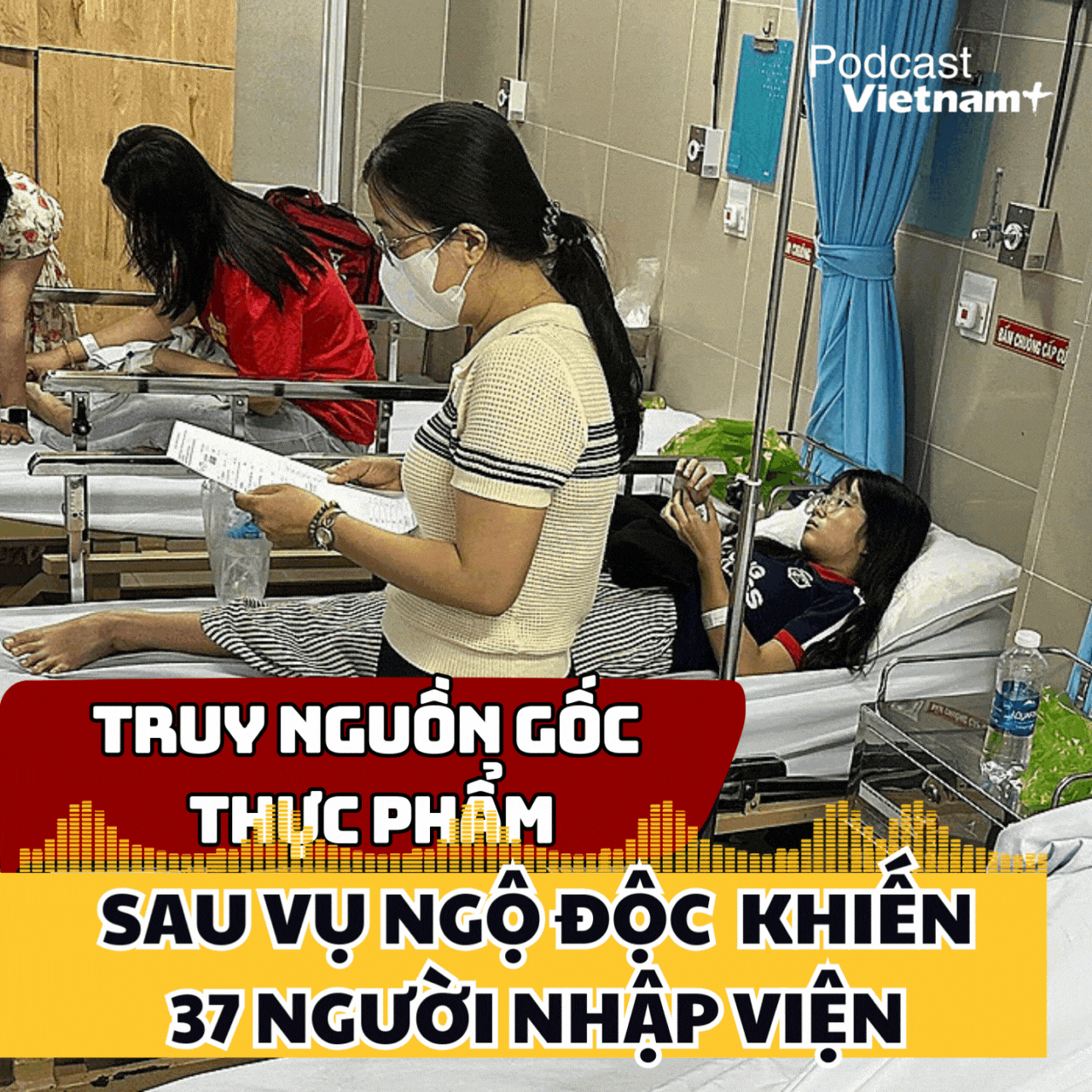







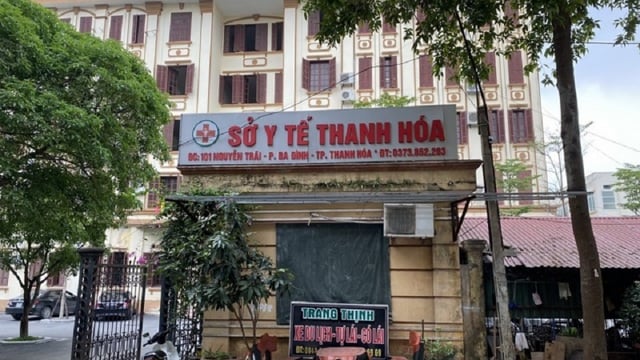
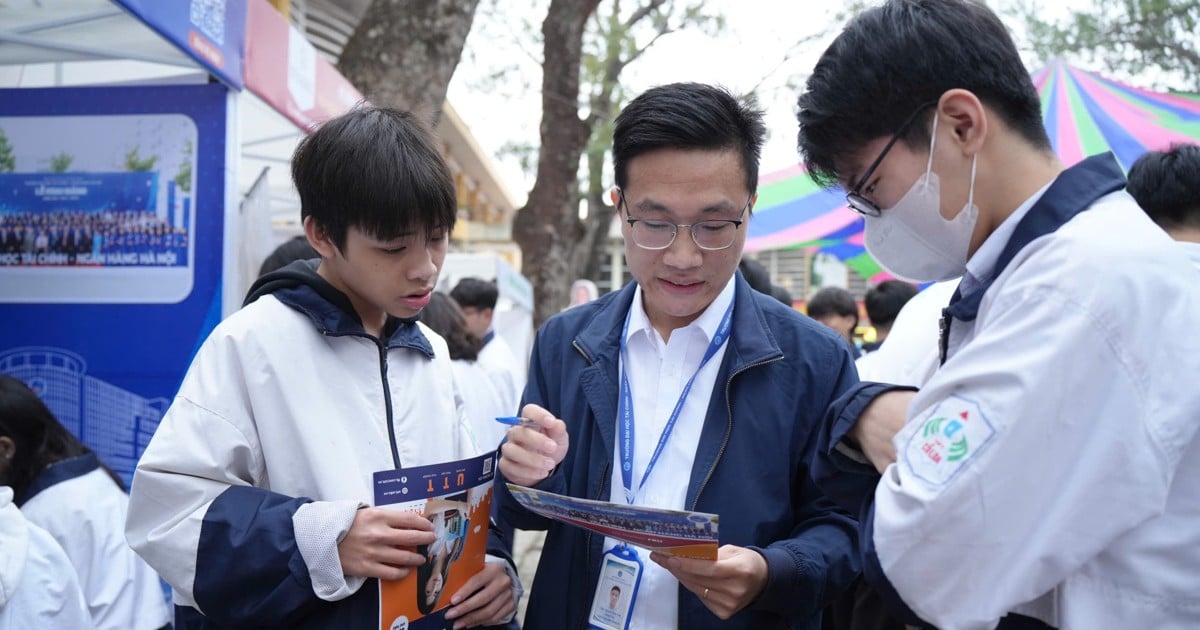
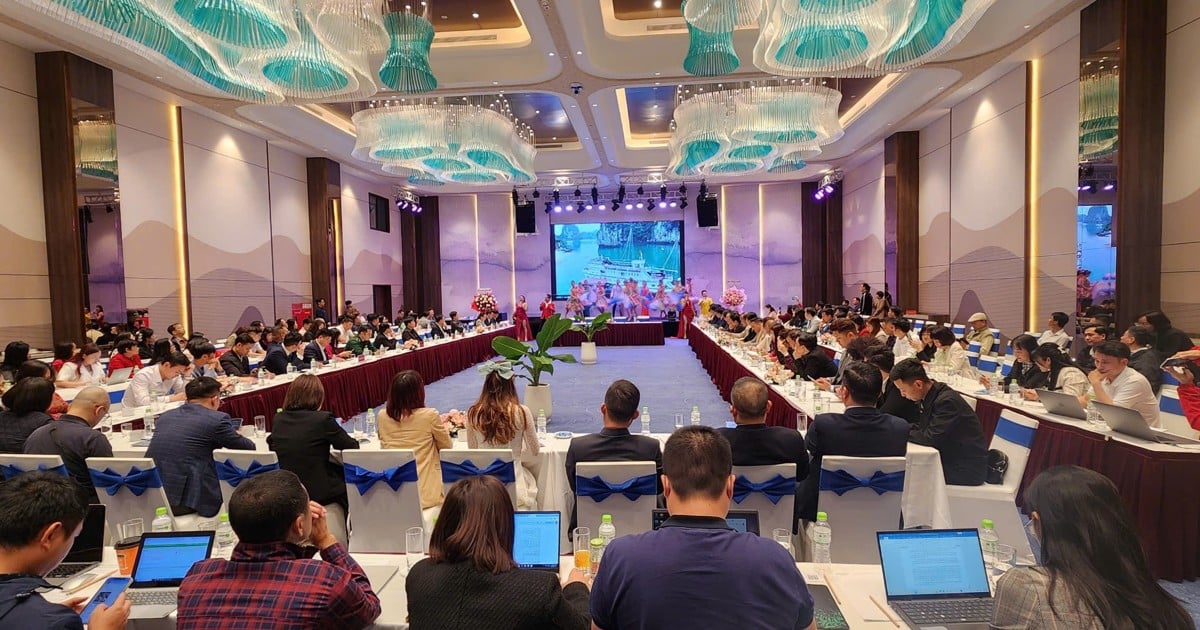



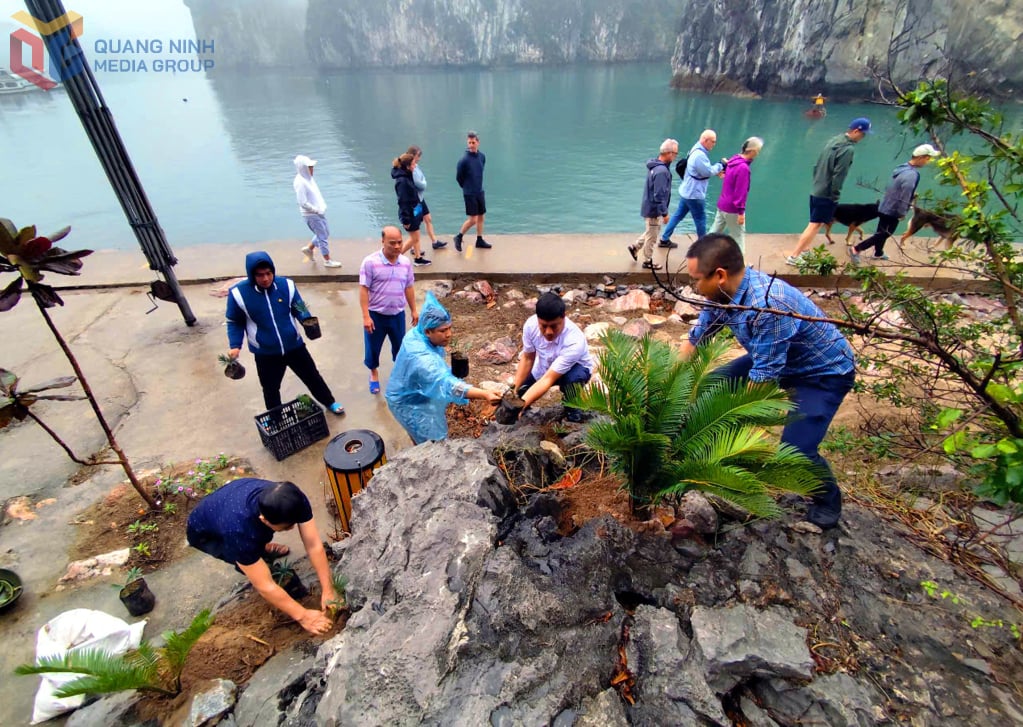







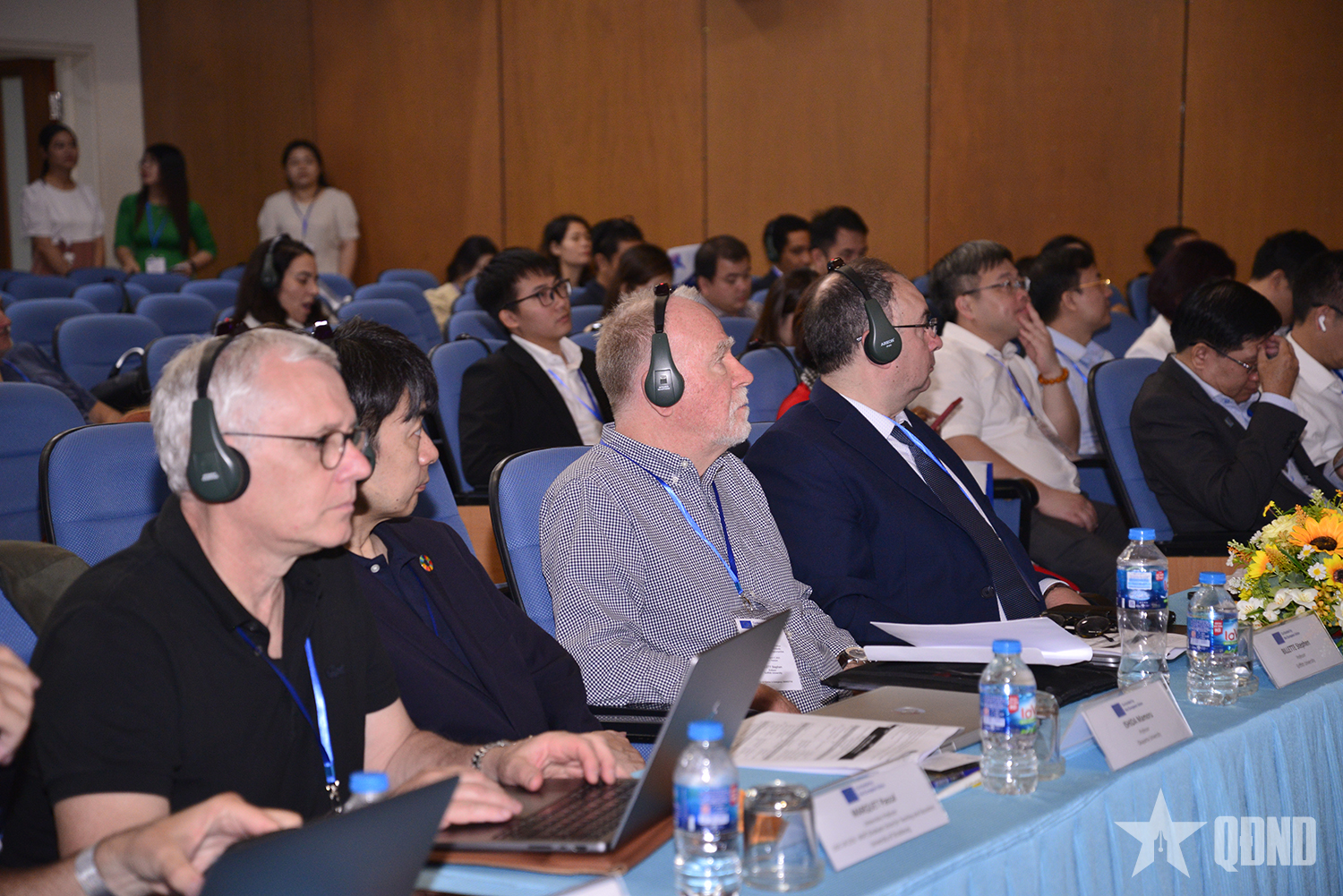










































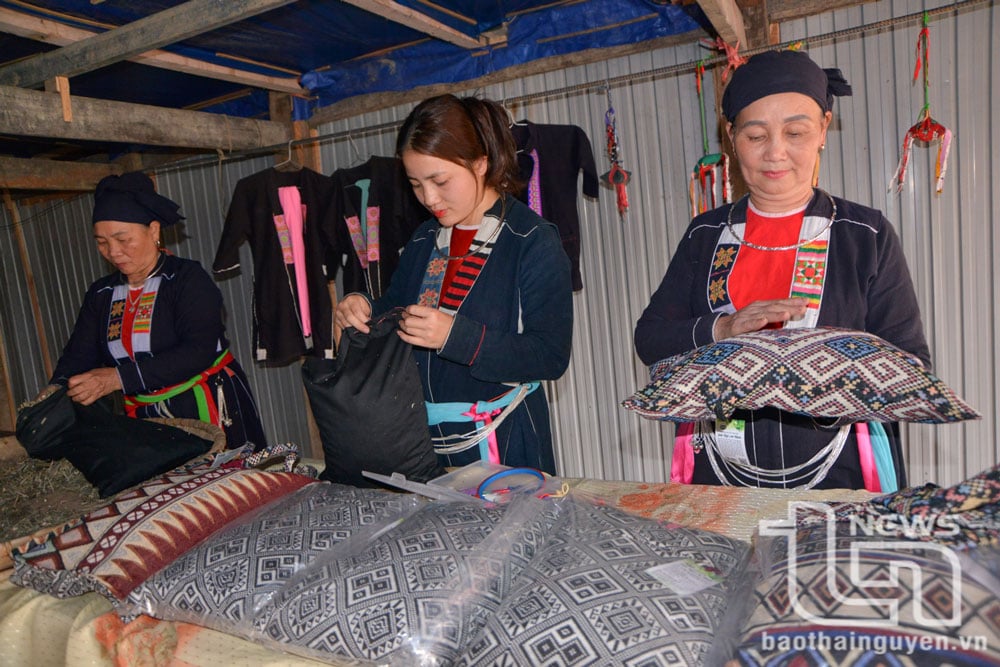









![[REVIEW OCOP] An Lanh Huong Vet Yen Cat](https://vstatic.vietnam.vn/vietnam/resource/IMAGE/2025/3/27/c25032328e9a47be9991d5be7c0cad8c)

Comment (0)